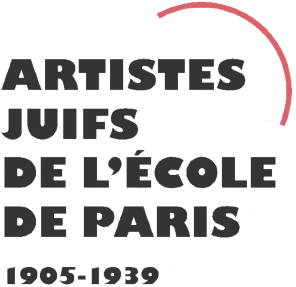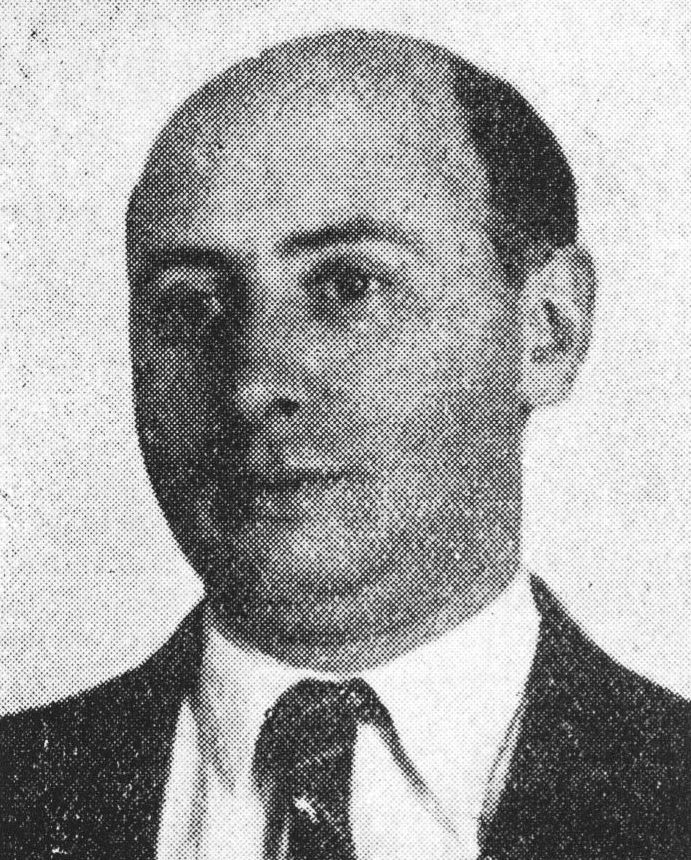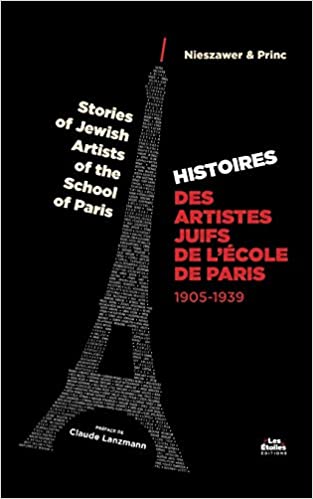Robert PIKELNY
Январь 3, 2019Joseph PRESSMANE
Январь 3, 2019Павел ПИТУМ
ТАГАНРОГ (УКРАИНА) 1896 – ФРАНЦИЯ 1940
Павел Питум изучал живопись в школе в родном городе и впервые выставил свои картины в Ростове, неподалёку от Таганрога. Он увлекался театром и рабо- тал актёром, но в 1921 году театральная труппа, с кото- рой он собирался ехать в Европу, распалась, и Питум решил стать декоратором. Он создавал декорации для постановок в театре Ла Скала в Милане, затем, в 1922 году, в Берлине, где работал с труппой русского театра. Так начался период его путешествий по Бельгии, Алжиру и Франции. В 1923 году Павел обосновался в Париже. Вплоть до 1936 года его картины выставля- лись на Осеннем салоне.
В 1936 году он работал поста- новщиком декораций в киностудиях François Ier. Создавал афиши для русских фильмов и работал над оформлением советского павильона на Всемирной выставке 1937 года. В 1939 году Павел Питум был арестован и интерни- рован в лагере политзаключенных. 5 июля 1940 года он умер от язвы желудка.
Stories of Jewish Artists of the School of Paris 1905-1939
FRENCH-ENGLISH
Capitale des arts, le Paris des années 1905-1939 attire les artistes du monde entier. De cette période de foisonnement, un terme est resté, celui d'Ecole de Paris, qui recouvre une grande diversité d'expression artistique. Dans ce brassage dont Montparnasse est le creuset, un groupe se distingue : celui des artistes juifs venus de Russie, de Pologne et d'Europe centrale. Si leurs styles sont variés, un destin commun les rassemble : ils fuient l'antisémitisme de leur pays d'origine. Certains ont connu la célébrité dès les années 1920, tels Soutine, Lipchitz ou Chagall. D'autres n'ont pas eu le temps ou la chance d'y accéder. Près de la moitié a péri dans les camps de concentration nazis.
From 1905 to 1939, Paris attracted artists from all over the globe as the capital of the art world. This period of artistic proliferation became known as the School of Paris, and includes a great diversity of artistic expression. Within the teeming art world centred on Montparnasse, one group set itself apart: Jewish artists from Russia, Poland, and Central Europe. Although their styles were diverse, they shared the common fate of fleeing anti-Semitic persecutions in their home countries. Some became famous in the 1920s, such as Soutine, Lipchitz, and Chagall, while others did not have the time or the luck to gain renown. Nearly half of these artists died in Nazi concentration camps.





